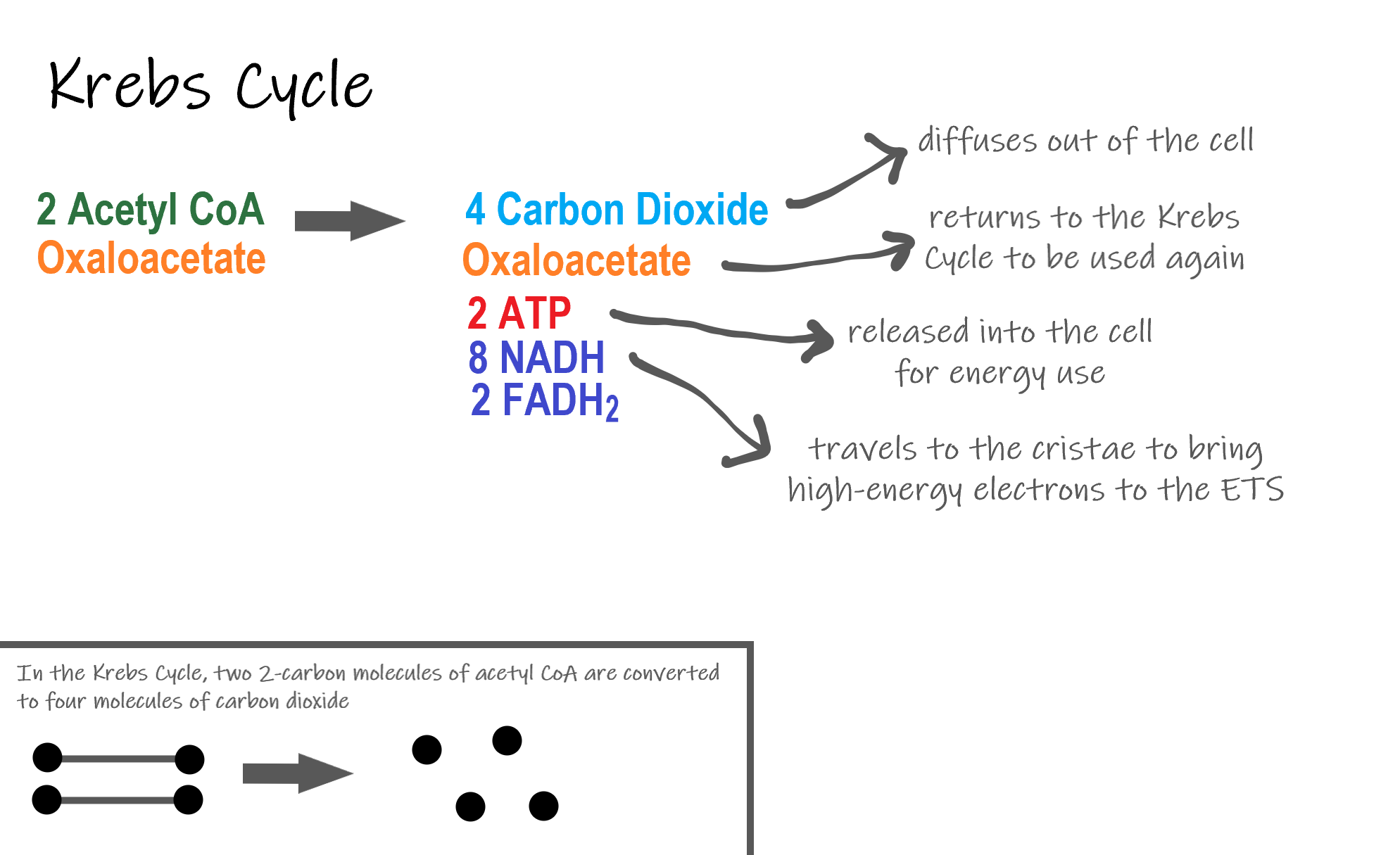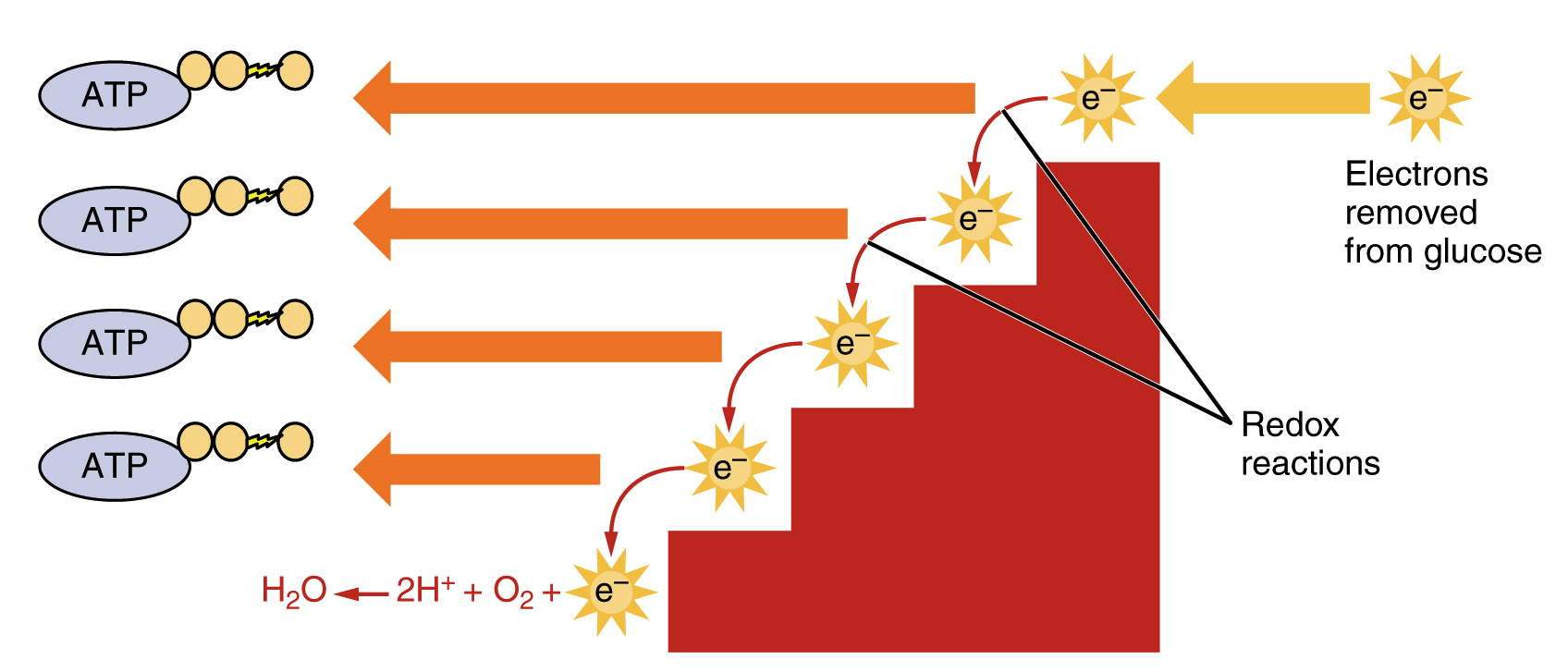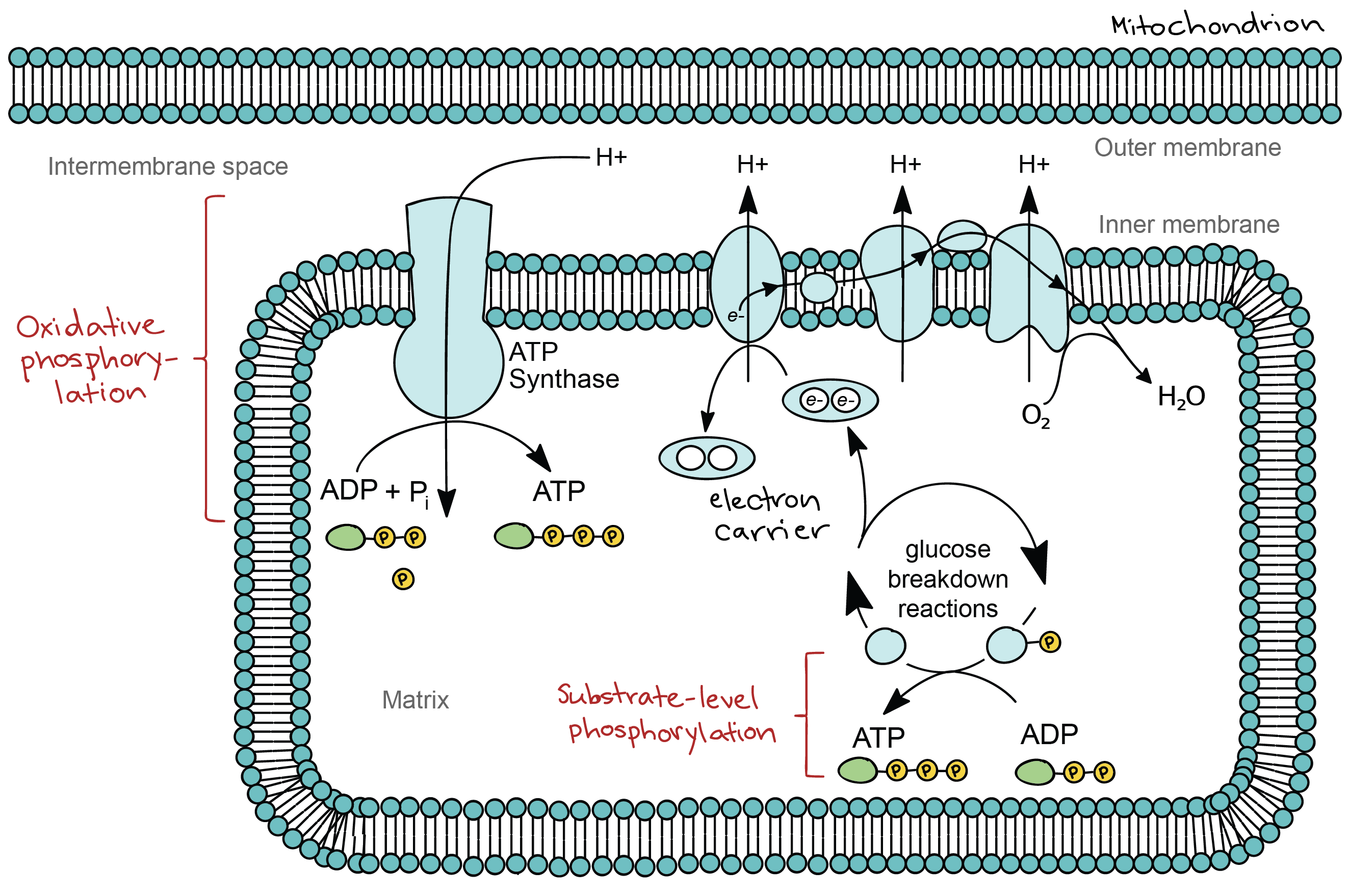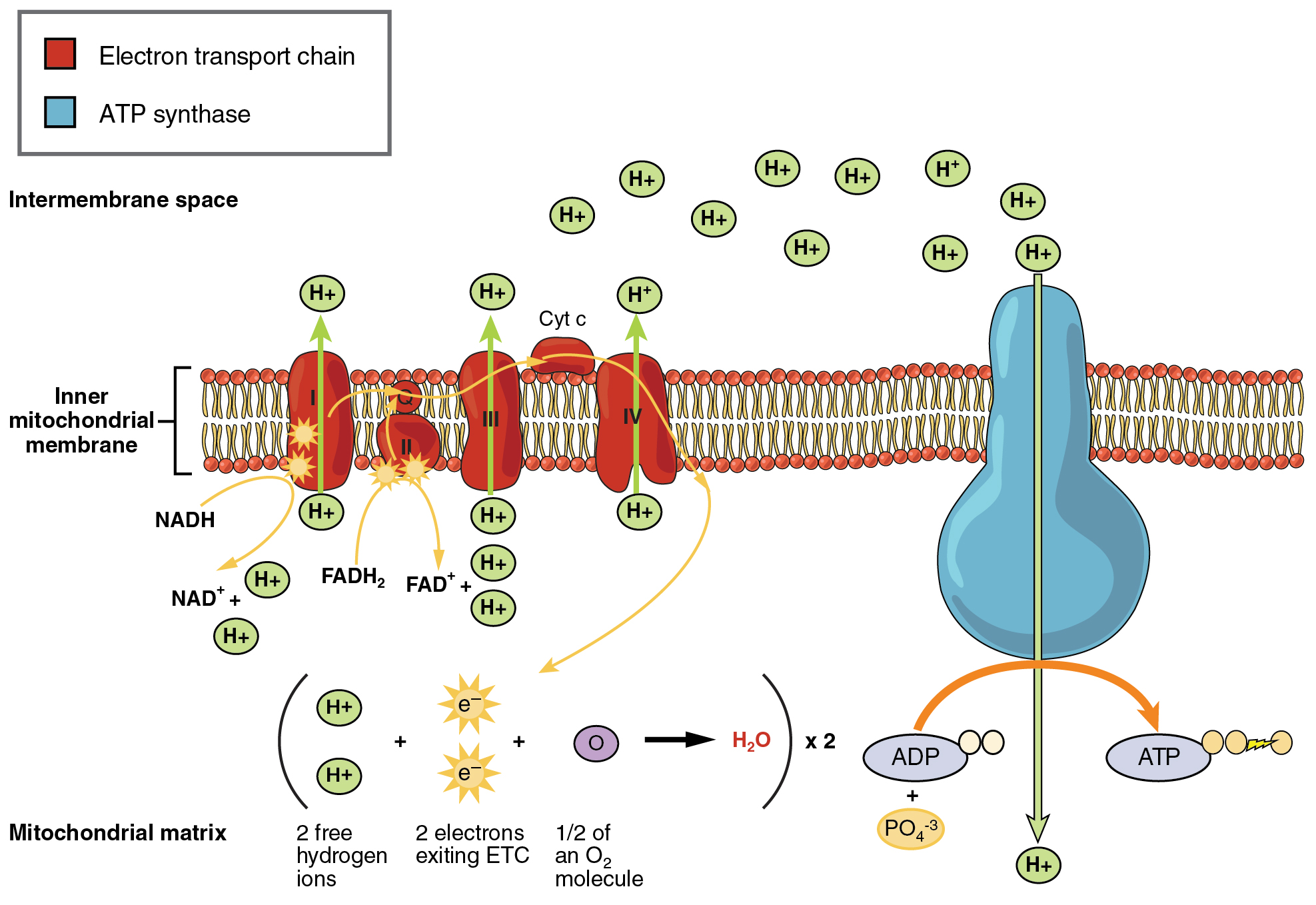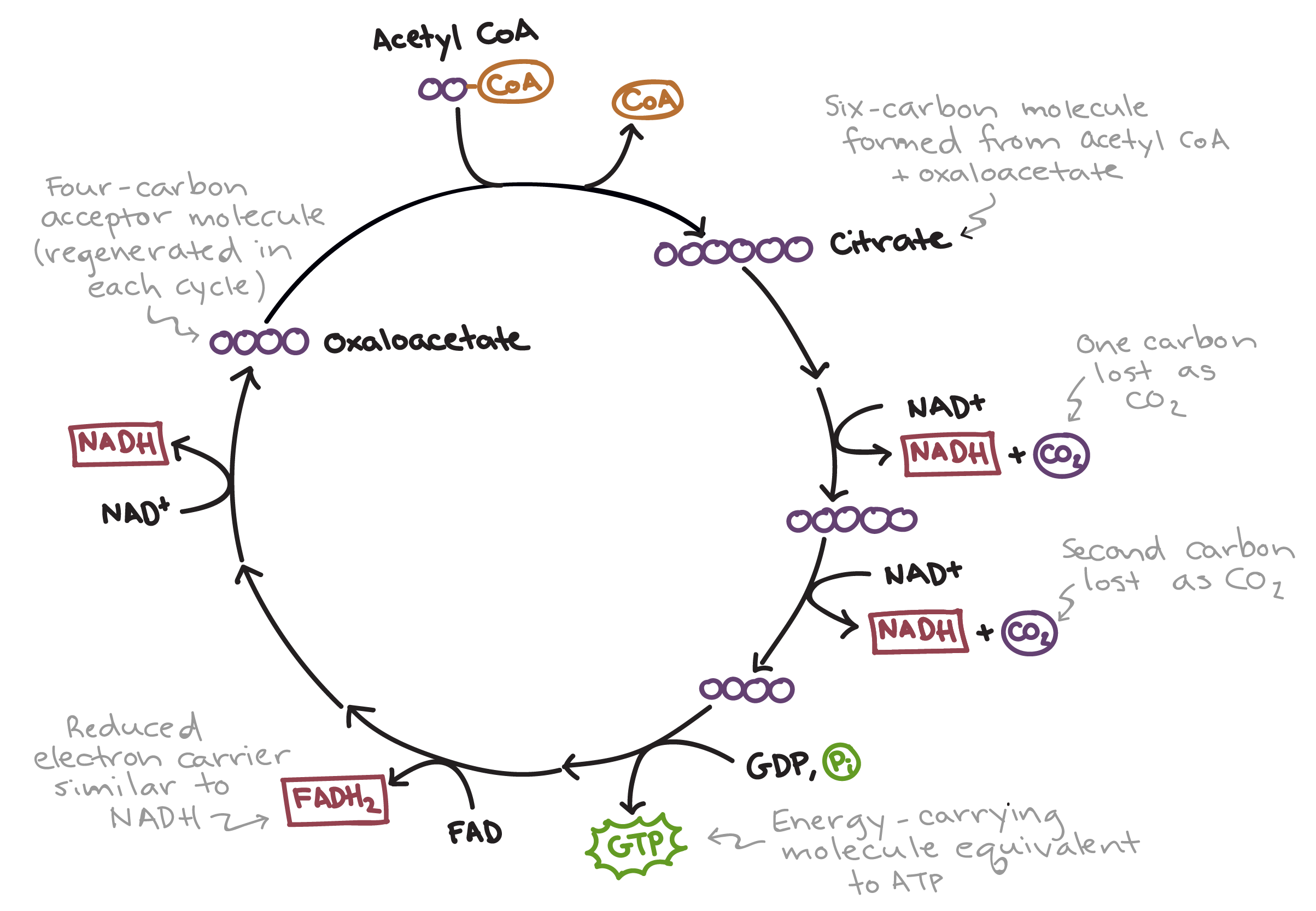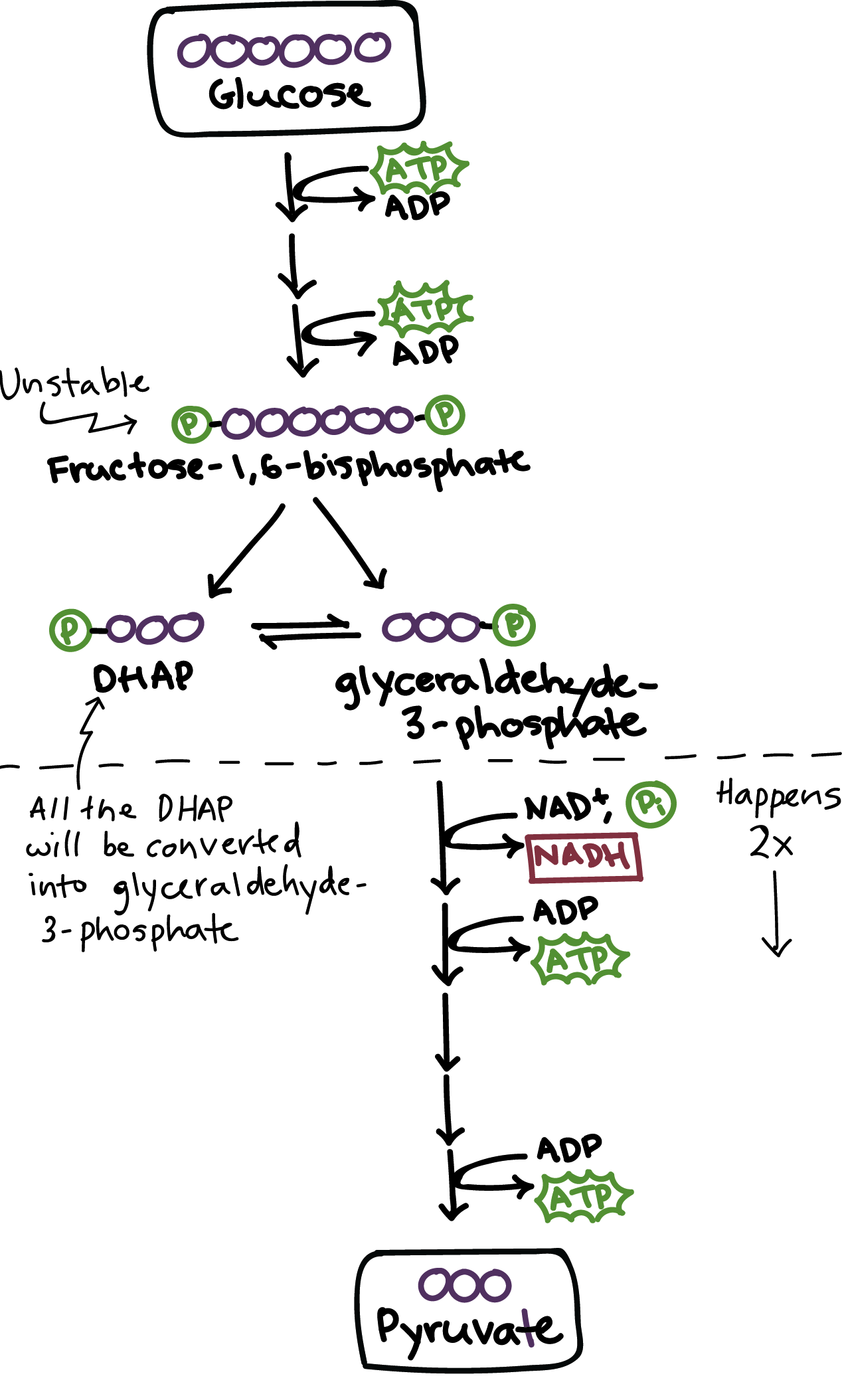Cellular Respiration Formula Explained

Adenosine triphosphate chemical found in most living cells and used for energy.
Cellular respiration formula explained. Living active or occurring in the absence of free oxygen. ENE1L5 EK ENE1L7 EK Cellular respiration is a metabolic pathway that breaks down glucose and produces ATP. The energy released from the broken down molecules are a result of spontaneous catabolic reactions.
This is the balanced equation that yields energy. Cellular respiration or aerobic respiration is a series of chemical reactions which begin with the reactants of sugar in the presence of oxygen to produce carbon dioxide and water as waste products. C 6 H 12 O 6 6 O 2 -- 6 CO 2 6 H 2 O ATP is the complete balanced chemical formula for cellular respiration.
Cellular respiration occurs in both eukaryotic and prokaryotic cells with most reactions taking place in the cytoplasm of prokaryotes and in the mitochondria of eukaryotes. The stages of cellular respiration include glycolysis pyruvate oxidation the citric acid or Krebs cycle and oxidative phosphorylation. The carbon dioxide is taken to the lungs where it is exchanged for oxygen.
The reactions involved in respiration are catabolic reactions which break large molecules into smaller ones releasing energy because weak high-energy bonds in. Glucose sugar Oxygen Carbon dioxide Water Energy as ATP Aerobic cellular respiration has four stages. C 6 H 12 O 6 6 O 2 6 CO 2 6 H 2 O 38ATP Glucose 6 Oxygen 6 Carbon Dioxide 6 Water ATP.
Cellular respiration is a set of metabolic reactions and processes that take place in the cells of organisms to convert chemical energy from oxygen molecules or nutrients into adenosine triphosphate and then release waste products. Cellular respiration can be summarized as glucose oxygen carbon dioxide water atp energy cellular respiration in plants. During this activity the students work with a group to discuss the compounds and conditions that need to be present in order.
There are two types of electron carriers that are particularly important in cellular respiration. Process by which cells turn nutrients into useful energy. Glucose oxygen chemical energy carbon dioxide water Cellular respiration takes in food and uses it to create atp a chemical which the cell uses for energy.



